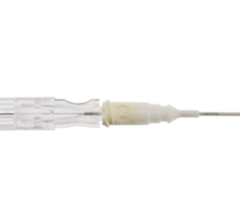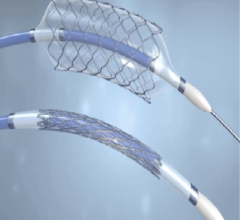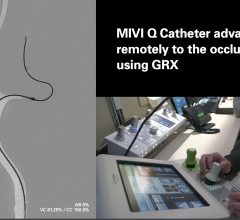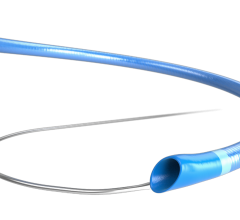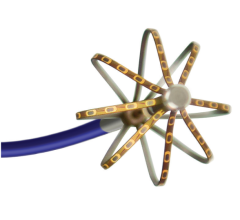January 7, 2008 – Patients with atrial flutter and atrial fibrillation may require additional sites of ablation to effectively treat their atrial fibrillation, according to a European-based study of atrial fibrillation patients treated with CryoCor’s Cardiac Cryoablation System, which was published in the December 11, 2007 issue of Circulation.
The purpose of the study was to evaluate the role of atrial flutter in the recurrence of atrial fibrillation and the effectiveness of an ablation strategy focused on isolating the pulmonary veins to treat the atrial fibrillation.
The 98-patient study was conducted by Wendel Moreira, M.D., Luz-Maria Rodriguez, M.D., Carl Timmermans, M.D., and others in Academic Hospital Maastricht using CryoCor’s Cardiac Cryoablation System. The study prospectively evaluated the best catheter ablation strategy in patients with paroxysmal atrial fibrillation with and without concomitant right atrial flutter. During follow-up averaging 26 months, the authors found that electrical isolation of the pulmonary veins by catheter ablation was successful in patients without concomitant atrial flutter at an 82 percent success rate. In patients with concomitant atrial flutter, the combination of ablation for atrial flutter and pulmonary vein isolation alone to treat atrial fibrillation was frequently insufficient in preventing recurrences of atrial fibrillation (recurrence rate of 67 percent). The authors concluded that those patients with atrial flutter and atrial fibrillation may require additional sites of ablation to effectively treat their atrial fibrillation.
Dr. Rodriguez, senior author of the study, stated, “This is the first time that an ablation strategy for paroxysmal atrial filbrillation and atrial flutter has been systematically studied. This has implications for the tools that a clinician may use to treat these atrial arrhythmias. Based on this study, we do not believe that it will be sufficient to simply isolate the pulmonary veins in a significant proportion of patients.”
For more information: www.cryocor.com


 October 28, 2025
October 28, 2025 



